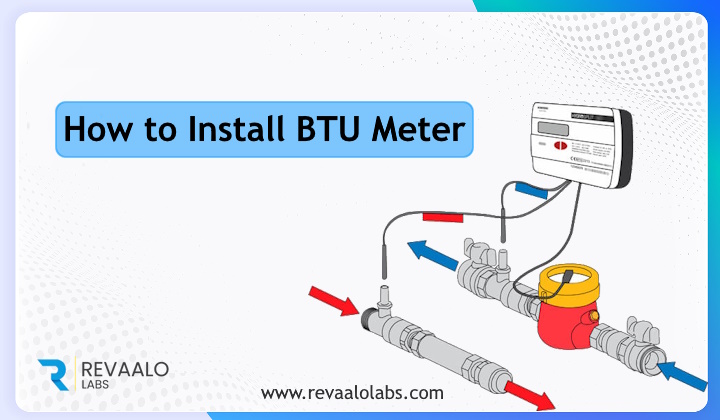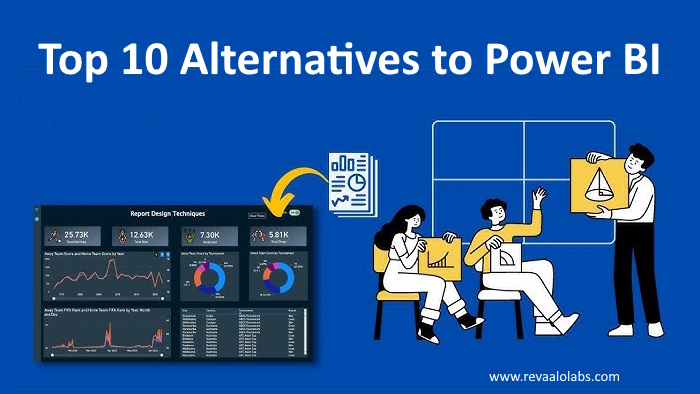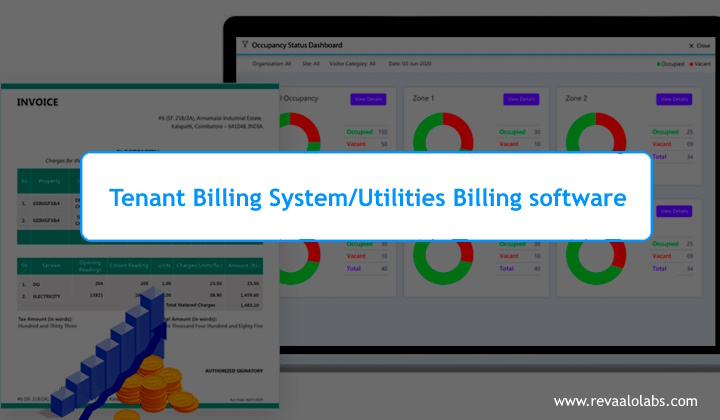#BTU-Meter

Installing a BTU meter requires careful planning, appropriate tools, and adherence to guidelines.
Below is a general guide on how to install a BTU meter:
1. Gather Necessary Information: Gather information about the system where you plan to install the BTU meter before you begin. Make sure you know the pipe size, flow rates, fluid type, and temperature range. With this information, you will be able to select the right BTU meter model and components for your application.
2. Choose Installation Location: Choose an appropriate location to install the BTU meter. You should consider factors such as accessibility, temperature stability, and distance from potential interference sources.
3. Gather Tools and Materials: Make sure you have all the necessary tools and materials, such as the BTU meter unit, temperature sensors, flow sensors, mounting brackets, pipes, pipe insulation, fittings, wiring, and any other accessories you need.
4. Shut Down the System: Shut down the system before installation to prevent fluid flow through the pipes. Installing safely and accurately is ensured by doing this.
5. Prepare the Pipes: You may need to cut the pipe where the BTU meter will be installed if necessary. Ensure that the pipe ends are clean, free of debris, and properly deburred. If using a clamp-on or strap-on meter, ensure the pipe surface is clean and smooth.
6. Install Temperature Sensors: Place the temperature sensors on the pipe according to the manufacturer`s guidelines. Typically, one sensor should be near the inlet and the other near the outlet. Secure the sensors using appropriate clamps, straps, or adhesive.
7. Install Flow Sensor: Install the flow sensor on the pipe according to the manufacturer`s instructions if your BTU meter has one. Make sure the flow sensor is aligned and secured properly.
8. Connect Wiring: Connect the wiring from the temperature and flow sensors to the BTU meter`s electronic calculator unit. Follow the provided wiring diagram and instructions carefully to ensure proper connections.
9. Mount the BTU Meter Unit: Ensure that the electronic calculator unit on the BTU meter is mounted in an appropriate location. The display interface and processing components are located in this unit. It should be securely attached and easily accessible for maintenance and reading.
10. Insulate the Pipes: If required, insulate the pipes to minimize heat loss or gain that could affect temperature readings. Proper insulation helps maintain accurate measurements.
11. Connect Power Supply: If your BTU meter requires power, connect it to a suitable power source according to the manufacturer`s instructions. This is usually a low-voltage power supply.
12. Test the Installation: Perform a thorough test of the installation once everything is in place. Make sure the wiring is properly positioned, the sensors are in the correct place, and the system is working properly. Verify that temperature and flow readings are accurate.
13. Start the System: After successful testing, start the system and ensure that fluid flow resumes. Monitor the BTU meter to ensure it`s providing accurate readings as the system operates.
14. Calibration and Configuration: Calibrate and configure the BTU meter as per the manufacturer`s recommendations. This might involve entering pipe characteristics, fluid properties, and other necessary parameters.
15. Document Installation: Be sure to keep a detailed record of the installation process, including photos, diagrams, and notes. Future maintenance or troubleshooting will benefit from this documentation.
Remember that installation procedures may vary based on the specific BTU meter model and manufacturer. Always refer to the manufacturer`s installation manual and guidelines for precise instructions tailored to your chosen BTU meter. If you`re unsure about any aspect of the installation, consider consulting with a professional or contacting the manufacturer`s support team for assistance.
Feel free to contact Revaalo Labs if you have any needs for BTU Meters with your platforms.

One of the most critical decisions website developers must make is deciding what unit of measurement to use when sizing elements, fonts, and other design properties.
Read more
It`s an amazing technology-one that will help us solve society`s toughest problems and reshape the world.
Read more13
December

Today, web browsers play a significant role in our lives, providing us with access to a world of information and possibilities.
Read more
Power BI is a popular business intelligence tool developed by Microsoft for data visualization and analysis. While Power BI is a robust solution, there are several alternatives available that cater to different needs and preferences.
Read more09
October

Tenant billing systems are software solutions used by property owners, managers, and landlords to accurately bill tenants for their usage of utilities and services.
Read more